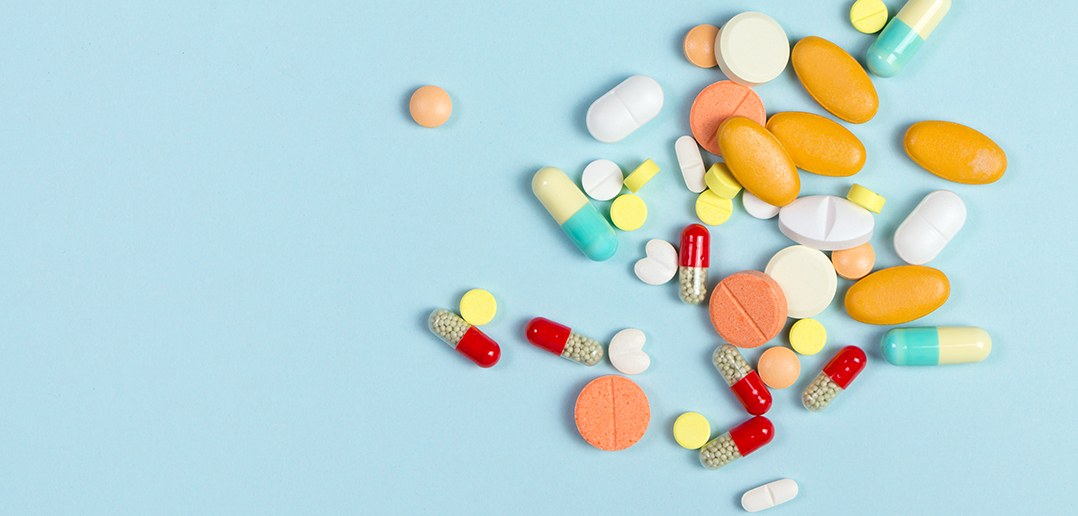Pharmaceutical Patenting In India: Issues And Concerns
Introduction
Intellectual Property Rights regulates the creator’s use and abuse of the creation. Patent in particular provides the inventor the exclusive rights to make, use or sell the invention for a limited period of time. The main objective of patent is that it would provide proper reward to the labor and skill invested by the inventor on the invention leading to a progress in invention and research and development. However, more often than not, patent is subject to a lot of abuse of rights.
Drug patenting or pharmaceutical patenting simply means patenting the pharmaceutical drugs or the process of making them or both. This right allows the inventors to monopolize the drugs they manufacture which could mean some harm to the ones who cannot afford these drugs for the amount that is quoted.
TRIPS on Patenting Pharmaceutical Drugs
The prime objective of TRIPS is the protection and enforcement of intellectual property rights which will contribute to the promotion of technological innovation and to the transfer and dissemination, to the mutual advantage of producers and users of technological knowledge and in a manner conducive to social and economic welfare, and to a balance of rights and obligations[1].
One of the main reasons, for patenting pharmaceutical products is that it motivates the private sectors to research and develop more in regards to cure for diseases prevalent in the developing or least developed countries. A standard incentive in accordance with the investment made by the inventors, can be expected if the invention is patented and this encourages the inventors and creators. The cost of research, development and production of drugs could be higher than anticipated and in case there are no patent right to the inventors, they will not be motivated to work any further as there is no reward to their work. Due to this reason, TRIPS has made patenting of pharmaceuticals mandatory.
Developing countries have been against this decision and categorized the implementation of the regulation as unfavorable to them. They argue that patenting of the drugs make them costlier making it inaccessible to a majority of their citizens. India, having signed the GATT (General Agreement on Tariffs and Trade), is compelled to comply with the requirements of the GATT including the TRIPS Agreement. India was initially reluctant in implementing the same until US complained against India not following the regulations laid down by TRIPS, forcing India to abide by the agreement.
Indian Patent Act on Patenting Pharmaceutical Drugs
Indian Patent Act, prior to 2005, according to the Act of 1970, allowed for only process patent. As a result, the domestic manufacturers manufactured drugs by changing the process of production to a certain degree. This practice assured that all the sectors of the society got access to the drugs at a lower price. With the compulsion from TRIPS and pressure from the US, India had to implement patenting the drugs in 2005. Since then the Patent Act, 2005 is in force.
Section 3(d) of the Patent Act, however, give a stricter standard for securing patent. Novartis AG V. Union of India[2], is a landmark case dealing with the legality of Section 3(d) of the Indian Patent Act. In the case, ‘Glivec’, a drug to administer cancer patients was in question. The Madras Patent Office, rejected the patent to ‘Glivec’ on the ground that it was an unpatentable modification of an existing substance, and also that it did not confirm the novelty, inventiveness and increased efficacy as required by section 3(d).
Novartis petitioned the Madras High Court stating that Section 3(d) was not in compliance with the TRIPS agreement and that it was violative of Article 14 of the Indian Constitution as there was a discrimination faced by Novartis.
The Madras High Court held that Section 3(d) did not violate Article 14 and hence is not discriminatory. And as for non-compliance to TRIPS, they court held that he had no jurisdiction to decide on it. Aggrieved by this decision, Novartis appealed to the Supreme Court of India, and the court, while upholding the earlier decision, mentioned that there is no need to articulate the exact meaning of “enhanced (therapeutic) efficacy” in order to render a decision.
The question in the Novartis case apart from the constitutionality of Section 3(d) was the compliance of that section with the TRIPS agreement. Even if Novartis took the matter to WTO, the decision might not be in favor of Novartis due to Article 27 of the TRIPS Agreement providing member states flexibility while interpreting and implementing patent laws in accordance with the needs and interests of the country.
Article 27 states that, “Patents shall be available for any inventions, whether products or processes, in all fields of technology, provided that they are new, involve an inventive step and are capable of industrial application.” With “inventive step” not being explained or defined, it gives the member states an upper hand in interpreting it the way they want. And the lack of definition of “efficacy” in Section 3(d) of the Patent Act, makes it difficult to state whether the section is violating the TRIPS agreement or not.
Public Health vs. Patenting Rights
According to World Health Organization Report (2000), Health care is defined as the prevention, treatment and management of illness and the preservation of health through the services offered by the medical, nursing and allied health professions, so healthcare embraces all the goods and services designed to promote health, including “preventive, curative and palliative interventions, whether directed to individuals or to populations. Health is a basic Human Right and is covered under various international conventions like the Universal Declaration of Human Rights, International Covenant on Economic, Social and Cultural Rights etc.
Various clauses of the TRIPS agreement (Articles 7, 8, 27, 30) favors the developing nations and seeks to achieve a balance between rights and obligations.
Article 7 of TRIPS tries to maintain the balance between innovation and social and economic welfare. It states that “Intellectual property rights should be regulated in such a way that it should contribute to the promotion of technological innovation, and similarly, it should be transferred in a manner conducive to the social and economic welfare.”
Article 8 provides autonomy to the States to adopt measures necessary to protect public health and to promote the public importance in sectors of vital importance to their socio-economic and technological development.
Article 27(2) allows a State to restrict the patentability of inventions on various grounds such as, threat to human life or health.
Article 30 provides that the WTO members may provide limited exceptions to the exclusive rights conferred by a patent, provided that such exceptions do not unreasonably conflict with the normal exploitation of the patent and do not unreasonably prejudice the legitimate interests of the patent owner, provided that the legitimate interests of third parties have been taken into consideration.
TRIPS, therefore is flexible regarding patentability and leaves it up to the member states to decide on a case-by-case basis, whether the invention is patentable. Health being a human right and a fundamental right in India, any invention that is likely to harm health or does not support health is likely to not get a patent.
In case of Novartis, the fact that the drug was costly and was not accessible to its citizens resulted in the deprivation to health scenario making it another reason for not granting patent. It is therefore clear that in case there is a conflict between right to health and right to patent, right to health has an upper hand.
Criticism
Though the decision in Novartis case provides access to health care to all sectors of the society, it is still ambiguous. The decision does not explain what “efficacy” under Section 3(d) of the Patent Act inculcates and does not provide a narrow interpretation of the section. This leads to a lot of confusion amongst the pharmaceutical industry as to what can be patented and what cannot.
Though the interpretation of Section 3(d), as observed by various people makes access to drugs easy and prevents monetization by the MNCs, it is however, seen that it affects the domestic drug companies that have just started to invest in their own research and development. India primarily focuses on incremental innovation rather than actual drug invention and non-access to drugs from other countries does more harm than good to the country.
Conclusion
The debate of health vs. patent is never put to rest. The concern for health and access to drugs is a substantial one. However, with India trying to establish its own research and development industries in all fields, incentives play a vital role in making that happen. If all drugs are rejected from being patented due to non-compliance with Section 3(d), then, India will neither have enough resource nor the inventive to take up research and development on its own.
Instead of rejection due to section 3(d), which is unpredictable, compulsory licensing of drugs could prove to be a better alternative. A stringent provision like Section 3(d) is a more of a bane than a boon to the developing countries.
[1] Akshay Anurag Pharmaceutical Patents And Healthcare: A Legal Conundrum (2019) https://www.scconline.com/blog/post/2019/09/03/pharmaceutical-patents-and-healthcare-a-legal-conundrum/#_ftn10
[2] Novartis AG V. Union of India (2013) 6 SCC 1.




